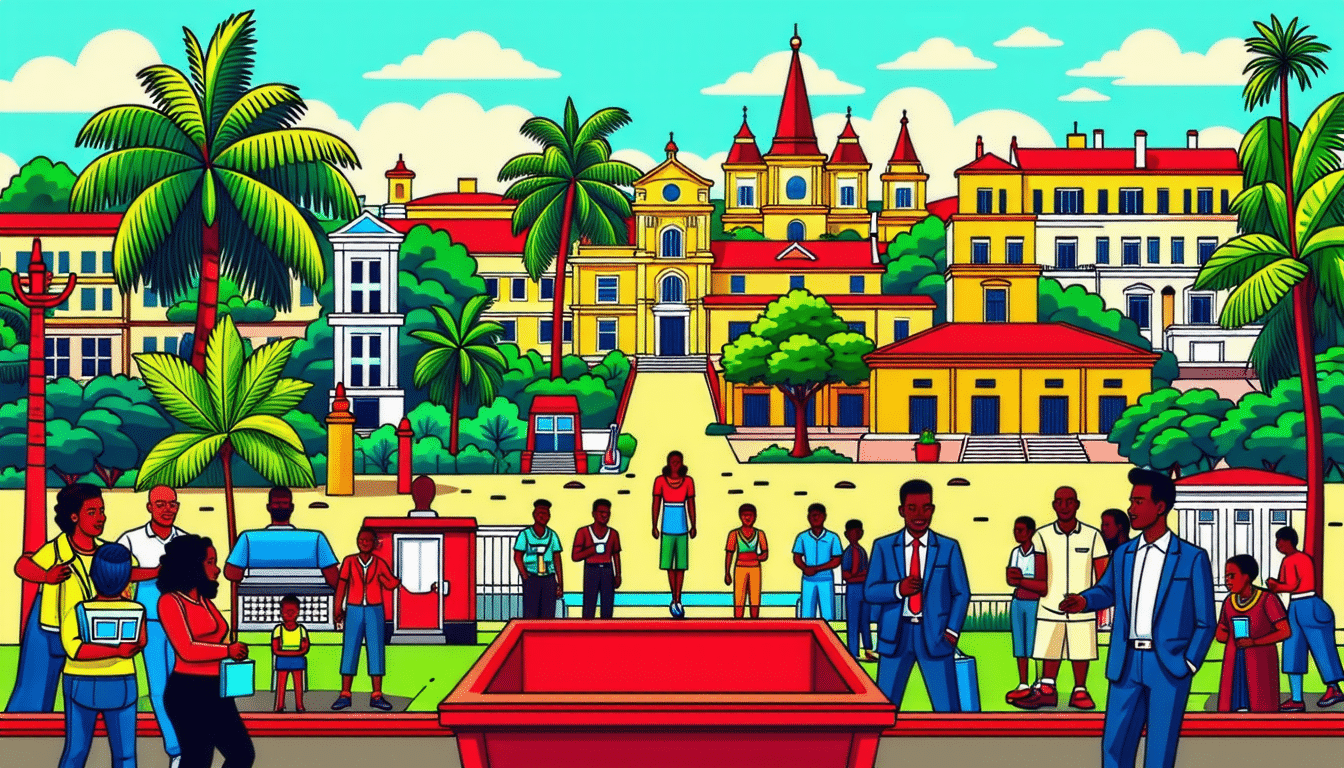The Democratic Republic of Congo is a country located in central Africa, with a diverse population and a complex political history. Here is an overview of the main political institutions in place in this country:
1. The President of the Republic
The President of the Republic is the head of state and the representative of the Congolese nation. He is elected by universal suffrage for a five-year term. The president has executive power, and is responsible for the management of the state and public administration. He heads the government and appoints the members of the government.
2. The government
The government is made up of the President of the Republic, the Prime Minister and ministers. He is responsible for the implementation of national policies and the management of public affairs. Ministers are appointed by the President of the Republic on the recommendation of the Prime Minister. The government is responsible to the President of the Republic and must account for its action.
3. Parliament
Parliament in the Democratic Republic of Congo is made up of two chambers: the National Assembly and the Senate.
3.1 The National Assembly
The National Assembly is the lower house of Parliament. Its members are elected by direct universal suffrage for a five-year term. The role of the National Assembly is to pass laws and control the action of the government.









